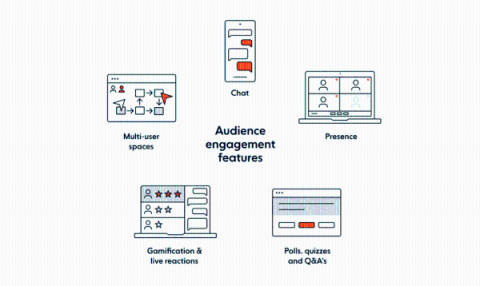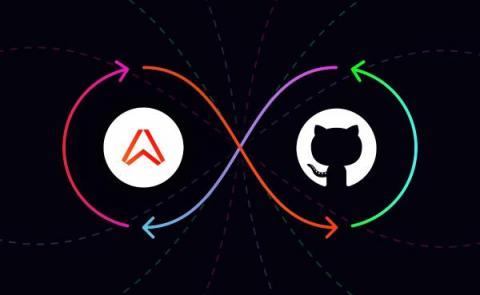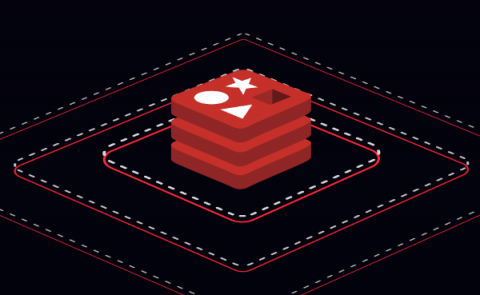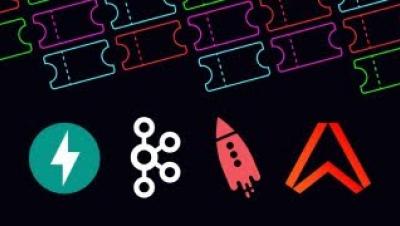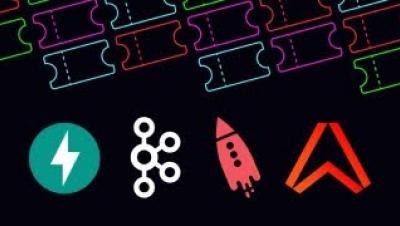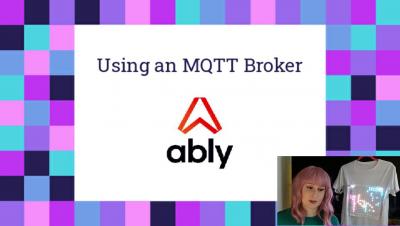Realtime challenges for audience engagement
A simple example of online audience engagement could be a livestream with a host and a chat system for audience members to interact with each other in realtime. Other audience engagement solutions include features such as chat or Q&A for participants to communicate while sharing an experience, such as a Watch Party, and polls, quizzes, and leaderboards.


